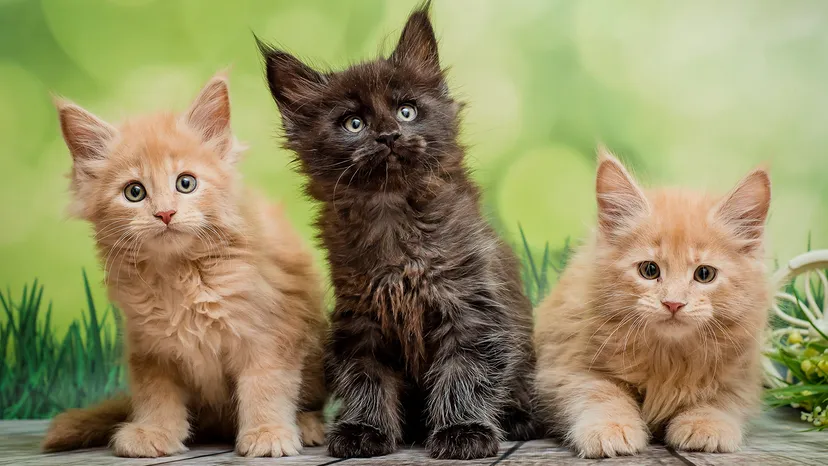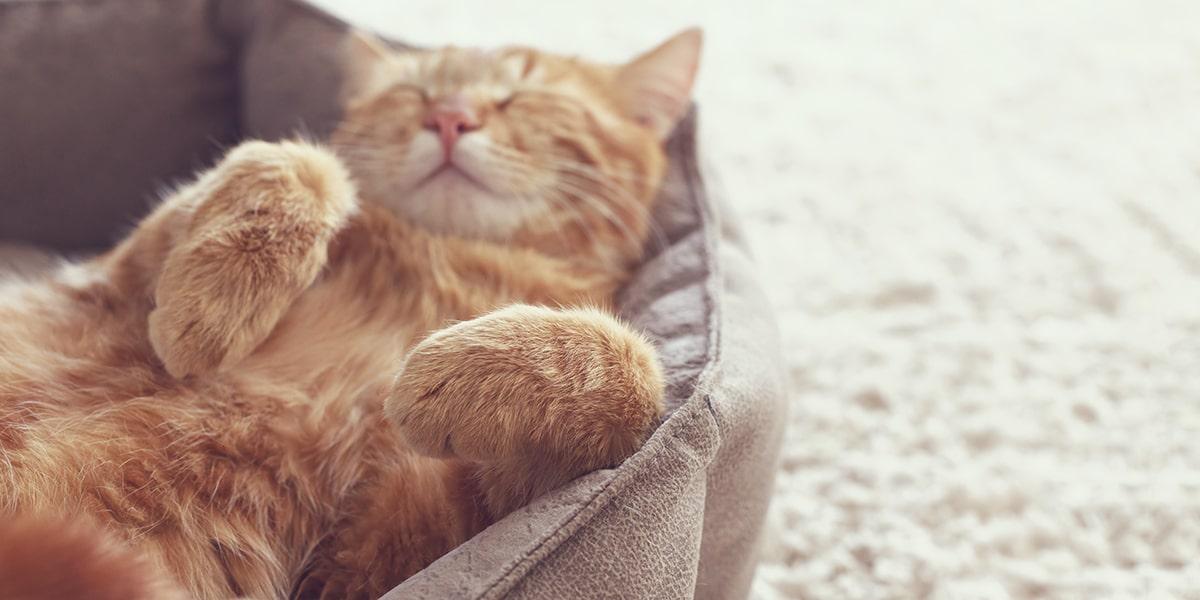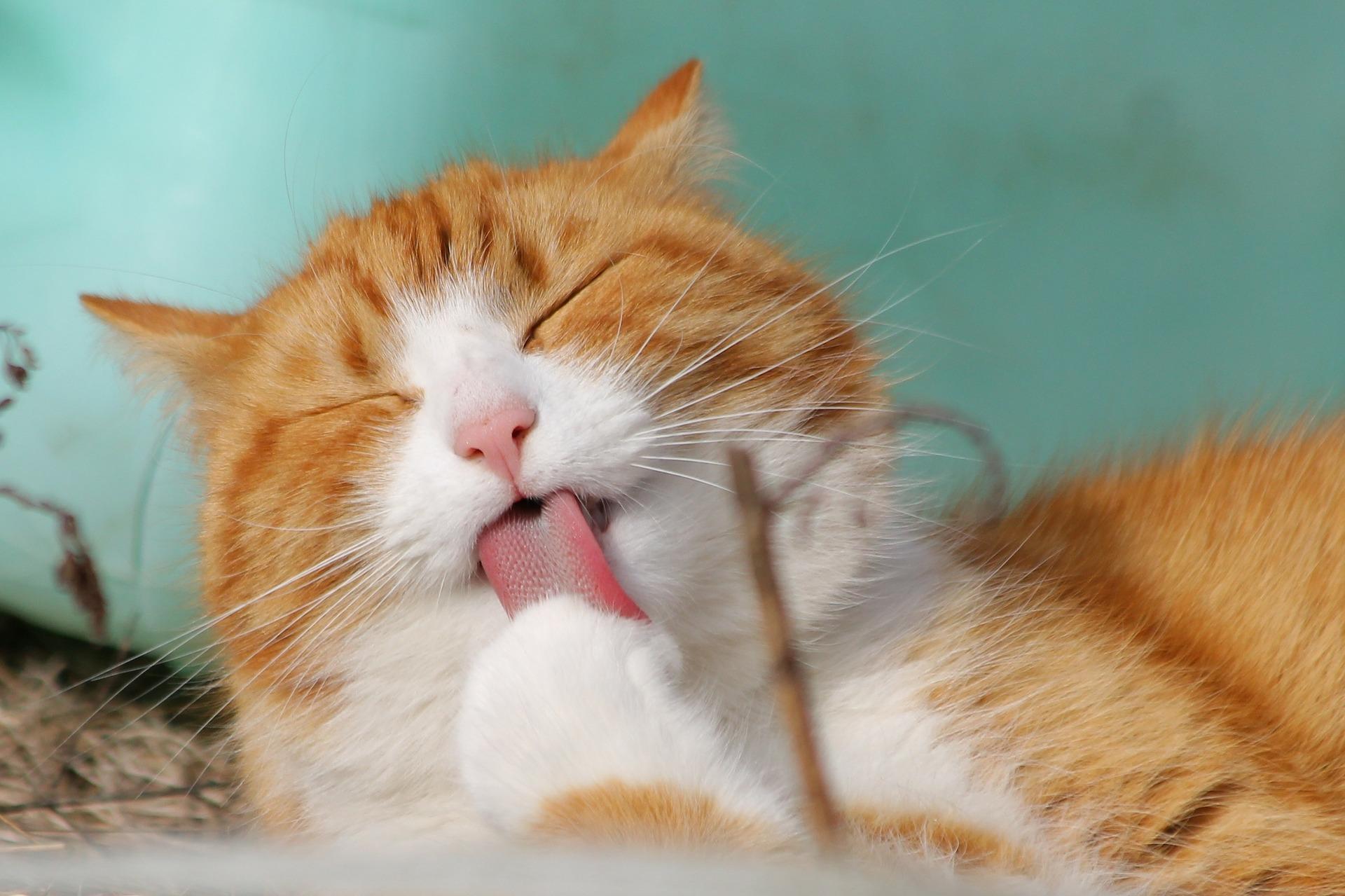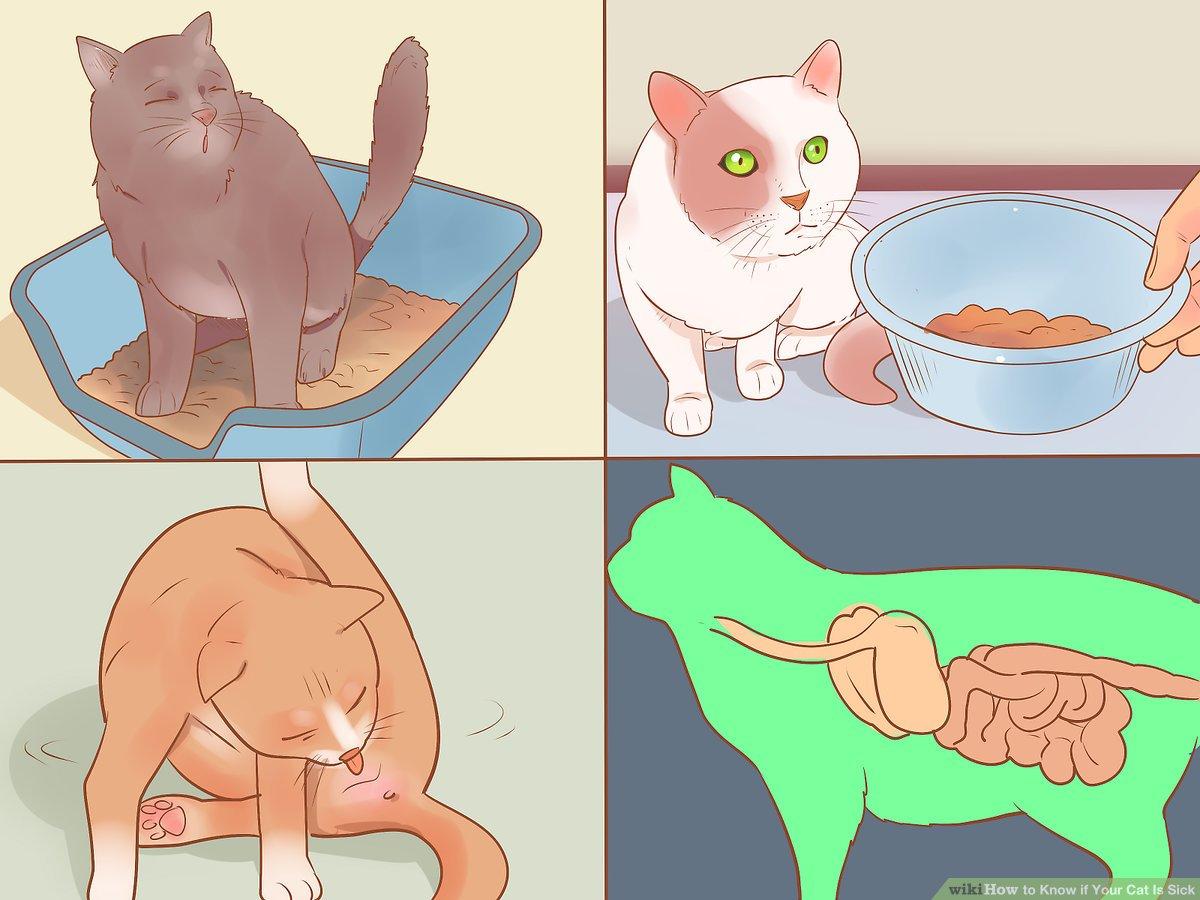
Cats have a way of weaving their quiet magic into our lives, turning ordinary moments into warm memories. Yet, behind those enigmatic eyes and graceful paws lies a delicate balance of health and happiness that every cat owner strives to maintain. Whether you’re a seasoned feline aficionado or a new adopter adjusting to your cat’s unique rhythm, understanding the essentials of cat care is key to nurturing a vibrant, content companion. In this article, we explore the top cat care tips every owner should know-practical wisdom and gentle guidance to help your furry friend thrive, purr, and play through all the days to come.
Essential Nutrition and Feeding Guidelines for a Healthy Cat
- Age-appropriate diets: Kittens need nutrient-dense meals, seniors require easily digestible proteins.
- Regular feeding times: Helps regulate metabolism and behavior.
- Supplement with moisture: Wet food or water encourage hydration, essential for urinary tract health.
- Limit treats: Keep treats under 10% of daily caloric intake.
| Cat Life Stage | Key Nutritional Focus | Recommended Food Type |
|---|---|---|
| Kitten | Growth & Development | Protein-rich wet food |
| Adult | Weight Maintenance | Balanced wet & dry diet |
| Senior | Joint & Kidney Health | Low-phosphorus, high-moisture food |

Creating a Comfortable and Stimulating Home Environment
Ensuring your cat’s living space blends comfort with mental stimulation is key to nurturing a happy, healthy feline. Begin by offering cozy resting spots in quiet corners, where your cat feels safe yet can observe daily activity. Soft beds, blankets, or even a worn piece of your clothing can provide warmth and familiarity. Don’t forget the importance of varied textures and heights; cats love climbing and perching, so shelves or cat trees located near windows make perfect lookout posts that satisfy their natural curiosity.
To keep your cat engaged and prevent boredom, rotate toys regularly and add elements that appeal to their hunting instincts. Items like feather wands, puzzle feeders, and small balls encourage playful pouncing and problem-solving. Creating a stimulating environment also means catering to your cat’s sensory needs:
- Visual: Place bird feeders or fish tanks near windows to captivate their attention.
- Olfactory: Incorporate catnip or silvervine toys to spark interest.
- Auditory: Use soft sounds like soft rustling or recorded bird chirps to intrigue.
| Home Element | Purpose | Benefits |
|---|---|---|
| Window Perches | Visual stimulation and safe resting | Reduces stress; entertains with outside views |
| Puzzle Feeders | Interactive feeding | Encourages mental sharpness; promotes slower eating |
| Scratching Posts | Sharpen claws and stretch muscles | Protects furniture; aids in feline wellness |

Effective Grooming Practices to Keep Your Cat Happy
- Start early: Groom kittens gently to get them accustomed to the process.
- Reward generously: Use treats or affection to create positive associations.
- Use the right tools: Invest in brushes and nail clippers suited for your cat’s coat and size.
- Watch for signs of distress: Take breaks if your cat appears anxious or restless.
| Grooming Task | Frequency |
|---|---|
| Brushing Long-Haired Breeds | Daily |
| Brushing Short-Haired Cats | 2-3 times/week |
| Nail Trimming | Every 2-4 weeks |
| Ear Cleaning | Monthly |

Recognizing Early Signs of Illness and When to Visit the Vet
- Sudden vomiting or diarrhea lasting more than 24 hours
- Difficulty breathing or persistent coughing
- Severe lethargy or inability to stand
- Excessive scratching or hair loss
- Noticeable swelling or pain when touched
| Symptom | Possible Cause | Urgency Level |
|---|---|---|
| Sudden weight loss | Diabetes, hyperthyroidism | High |
| Excessive grooming | Allergies, skin infections | Medium |
| Frequent vomiting | Gastrointestinal problems | High |
| Changes in litter box habits | Urinary tract infection | High |
To Wrap It Up
As you embark on the rewarding journey of cat companionship, remember that each whisker twitch and gentle purr tells a story of trust and care. By embracing these top cat care tips, you’re not just tending to a pet-you’re nurturing a cherished friend whose unique personality will continue to brighten your days. Through patience, understanding, and a little feline finesse, you can create a harmonious home where both you and your cat thrive together. After all, great cat care isn’t just a responsibility-it’s an art form, one that enriches lives one paw step at a time.